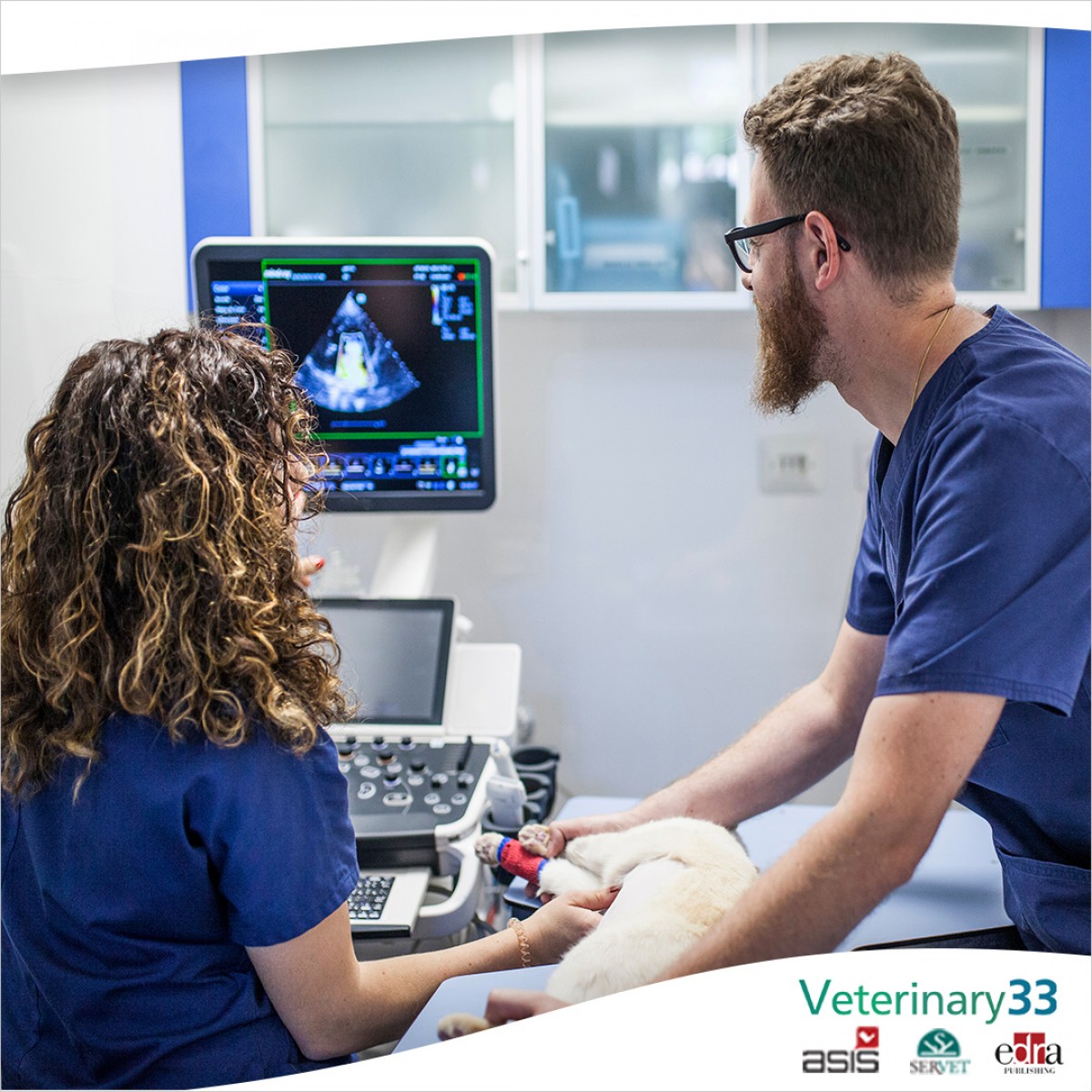Emerging Veterinary Trends in 2022
The past two years have been hard on the veterinary industry, and veterinary professionals had to adapt to meet the challenges. In some cases, these adjustments have led to innovative ideas that help make veterinary practice easier. As a result, veterinary trends emerging in 2022 are focused on keeping team members happy and motivated, making workflow more efficient, and providing ways to make treating patients less stressful.
Employing telehealth
The need for social distancing created by the pandemic led many practices to begin or broaden their use of telehealth so they could treat more pets. After realizing the benefits telehealth provides, many veterinarians will continue to use it going forward. These advantages include:
- Appointment scheduling — Clients are able to schedule appointments for their pets through the telehealth platform, reducing the workload for office staff.
- Refill requests — Clients also can request refills for their pets through the platform.
- Teletriage — A veterinary professional is able to assess whether a pet needs referral to a veterinarian based on the owner’s report of history and clinical signs. No diagnosis is made during these sessions.
- Telemonitoring — This allows a veterinarian to monitor patients without physically examining them. Telemonitoring includes portable glucose monitoring devices and wearable monitoring devices that capture a patient’s vital signs.
- Teleconsulting — Veterinarians can use the platform to consult with other veterinary professionals when diagnosing and treating patients.
- Telemedicine — This is a valuable tool to reach pets whose owners can’t bring them in for an evaluation, or for cases, such as postoperative rechecks, that don’t require a thorough examination. However, these sessions are not appropriate for every case, and a veterinarian-client-patient relationship is needed before a telemedicine session can occur.
Switching to cloud-based software
Many veterinary practices are ditching their paper-based or on-site, server-based software for cloud-based software to manage their patient records. These systems allow files to be shared securely without data limits, which is important when tracking pet health records, client information, and supporting health and financial documents. Cloud-based software also can accommodate high-volume communications, such as automating messages to pet owners, to provide needed information to clients without overwhelming office staff. In addition, using a cloud-based system allows veterinarians to access patient files from remote locations so they don’t have to come in on their days off to update patient records.
Using veterinary technicians
Credentialed veterinary technicians are a valuable asset to any veterinary team, but they are sometimes underused. In addition to taking patient histories and collecting specimen samples, credentialed veterinary technicians can perform simple medical procedures, assist in surgery, provide specialized nursing care, take X-rays, monitor anesthesia patients, and perform dental cleanings. When veterinary technicians are allowed to make full use of their training and skills, veterinarians can focus on more specialized work, and the technicians feel more challenged, satisfied, and valued at work.
Improving employees’ wellbeing
Veterinary professionals experienced burnout, compassion fatigue, and mental health issues before the pandemic, leading to increased suicide rates. COVID-19 exacerbated these issues, and many veterinary professionals left the field, causing staffing shortages. However, pets didn’t stop needing care and those veterinary professionals remaining became overworked and overwhelmed. Making work-life balance a priority is crucial to ensure veterinary professionals stay mentally and physically healthy so they can continue practicing. This acknowledgement has led many practices to take steps to ensure their employees get the emotional support and time off they need to practice appropriate self-care. In addition, many practices are no longer willing to tolerate rude and abusive clients as they try to ensure their employees have a safe and peaceful work environment.
Upgrading diagnostic tools
Artificial intelligence technologies are being used in many advanced diagnostic tools available to veterinarians. This technology provides advantages for routine diagnostic work, including:
- Data analysis — Machine learning algorithms are used to recognize subtle patterns in blood work and urinalysis that can more accurately diagnose certain diseases.
- Clinical insights — AI provides results, including clinical insights to help veterinarians diagnose critical cases.
- Efficiency — The advanced technology makes performing diagnostics more efficient.
- Error reduction — Specific feedback alerts reduce user errors to save time.
Promoting pet health insurance
No one wants to have to euthanize a pet because their owner can’t afford a necessary procedure, and pet health insurance is one way to prevent this situation. Many practices are promoting pet health insurance policies so their patients can receive the best possible care and their owners can avoid the need for difficult decisions during emergency situations. This allows the veterinarian to focus on a pet’s care instead of financial issues.
Veterinary medicine is a stressful profession, requiring long work hours, mental clarity, and unceasing empathy. Following trends that promote the health and wellbeing of these professionals and that provide ways to save them time, hopefully, will help ensure they can continue to offer the valuable services they provide to their communities.














List
Add
Please enter a comment